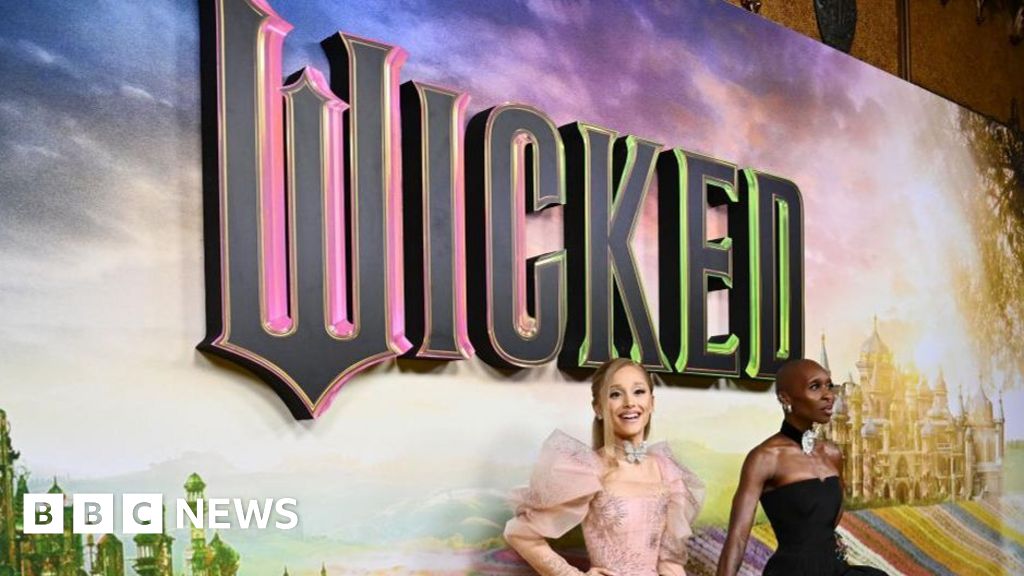Many are calling into question the value, relevance, and ROI of a college degree. The facts are … [+]
The rage by pundits against the value, relevance, and return on investment of higher education rolls on. I am admittedly part of the problem, as someone that has dedicated their career to the institution of higher ed, its mission and purpose, and advocating for its primacy in everything from US technological innovation to job creation, from community health to social mobility. I confess, as an engineer not only an academic, to taking positions that are evidence-based, data-informed, and fact-driven. Those positions are allowed to shift over time, as new information and/or new norms come into play, but they are not driven by mythology, lore, or any ideology or ideologic agenda. This, I hope, makes me different from other pundits.
The latest salvo comes from Paul Tough, a long-time pundit/writer who has turned his gaze toward inequality in higher education, a topic certainly worthy of examination and a challenge that certainly has confounded and frustrated university leaders and boards that have long placed access and equity among their top priorities. His years-long focus on all that is wrong with higher education and its institutions is all the more interesting as he himself never completed college (despite having been enrolled for four years at two prestigious and highly selective universities, Columbia and McGill). Mr. Tough is a good writer who does his research and weaves together facts and interpretations to create compelling narratives. He doesn’t always include full context for his cited findings and statistics. And he has been called out in the past (e.g., by the College Board, National Education Policy Center, and several individual writers) for spinning false narratives. But he is a credible provocateur and an excellent writer.
His most recent essay appeared in the New York Times Magazine (9/5/23). It presented data, statistics, some historical context, and much interpretation. It contained much of the usual criticism, most of it focused on (1) the growing disconnect between universities and the broader public and (2) the student loan debt crisis, and offered some commentary on the college wealth premium, a concept introduced by a group of economists at the Federal Reserve Bank of St. Louis a few years ago. Tough invokes another Fed economist’s analysis to describe the “odds” that the investment in post-secondary education “pays off” for different groups pursuing different degrees. As stated, and without full context, the statements (e.g., “At $50,000 a year in college costs, you odds are no better than a coin flip: Maybe you’ll wind up with more than the typical high school grad, but you’re just as likely to wind up with less,” and “If you’re majoring in arts, humanities, or social sciences your odds turn negative at that price; worse than a coin flip. In fact, if your degree is in the arts or humanities, you’re likely to lose the bet even if your annual college expenses are just $25,000.”) come across as absolute and alarming. Such blanket statements obviously lack nuance and fail to provide important contextual details about populations, sub-groups, institutional types, pathways, and much more. Sadly, in today’s world where many have become entirely comfortable with (and even show a preference for) soundbites and nuggetized factoids, statements like these resonate and “stick” without challenge or even curiosity for additional context, deeper understanding, or nuance.
In his New York Times Magazine piece, Tough also offers commentary on the growing divide across political parties in perceived problems with (and declining faith in) higher education, citing more economists, policy analysts, and higher ed pundits. Then he moves to the problems with admissions practices and, in particular, continuing preferences being shown by elite institutions for students of rich families (the “persistence of privilege”). Once again, Tough invokes casino-speak, saying “The college casino game is not entirely a game of change. Your odds of coming out ahead depend largely on who your parents are.” There is truth to this and there remains much work to be done. It would be hard to point to a college or university that is not working on this right now. Access, equity, affordability, and inclusion are not just words being thrown around. They are goal sets, strategies, investments, and commitments being made across the spectrum of higher education. Progress is being made. It may not be fast enough for some, and it certainly is not being made at equal rates across different institutional types, but progress is being made, results reported, and efforts sustained. These, too, would seem worthy of attention.
Much of what Tough describes in his writing relates to higher ed’s lost narratives. When colleges and universities fail to own the important narratives around cost and value, innovation and impact, workforce readiness and career trajectories, student success and satisfaction, service and engagement, return on investment, social mobility, and more, others will write them and they will become the de facto narratives. Colleges and universities must recapture their narratives even as they work to address the many other challenges they are facing today.
Students and families, employers and economists, lawmakers and taxpayers should ask deeper questions when trying to reach their own opinions on the value, timing, importance, and relevance of higher education for their purposes. Relying on pithy factoids and narratives serves none of these groups well. Nowhere is this more important than on issues around cost and value of a college education. People in all these groups should ask more questions. They should insist on data, information, inference, and predictions that apply to their circumstances. And they should make informed and contextually relevant choices with clear understanding of the most likely outcomes, not a coin-flip based on an aggregate population. No one student or family is the aggregate. Neither is any one institution.
Mr. Tough winds down his essay with striking data (again from economists including those at the Bureau of Labor Statistics and the former chief economist of President George W. Bush’s Council of Economic Advisors) which, at the end of the day, make the case loud and clear that post-secondary education is both a worthwhile investment (for students and families, to stay nothing of state and federal government) AND a critical investment for the nation’s economy and prosperity. Data-informed, carefully analyzed, expert predictions were dire. If the current trends (rising demand for jobs requiring college-educated graduates and declining college-going rates) continue, there will be a deficit of 8.5 million bachelor’s level college graduates required to fill jobs requiring a baccalaureate degree and $1.2 trillion in lost economic output by the end of the decade. Tough rightly concludes, once again invoking the casino analogy, “That is one cost we are likely to bear together, winners and losers alike.”
Postscipt: Since the time this was written, my colleague and noted higher education futurist Bryan Alexander authored his own response and assessment of Paul Tough’s New York Times Magazine essay, posing questions for clarity and to continue the conversation. You can view Bryan’s piece here.
Credit: Source link











